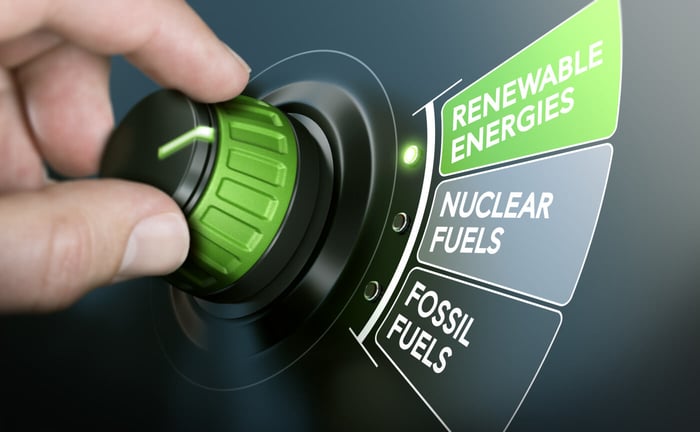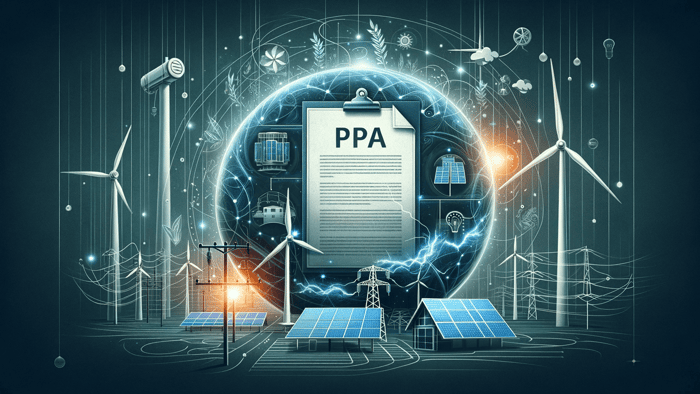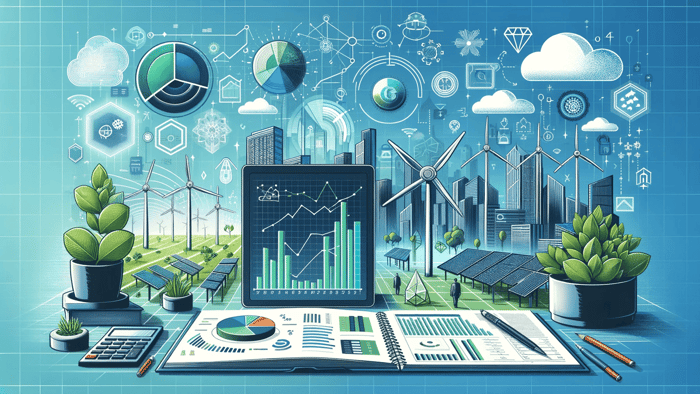Guarantees of Origin (GoOs or GOs) are electronic certificates that provide information about the source of electricity generation. They are used in many countries as a means of verifying and tracking the origin and production of renewable energy, such as solar, wind, hydro, and biomass energy.
GoOs are typically issued to renewable energy generators by independent certification bodies or energy regulators. The certificates contain information about the type of renewable energy generated, the location and date of generation, and other relevant details. They can be traded between energy suppliers, energy traders, and corporate buyers of renewable energy.
GoOs are often used by energy suppliers to demonstrate compliance with renewable energy targets and regulations. Corporate buyers of renewable energy may also purchase GoOs to demonstrate that their energy consumption comes from renewable sources. In this way, GoOs provide transparency and help support the growth of renewable energy generation and consumption.
It is important to note that GoOs do not represent physical electricity, but rather the attributes of the energy, such as its renewable source, location and date of generation, and emissions characteristics.
How do Guarantees of Origin affect the profitability of renewable energy investments?
Guarantees of Origin (GoOs) can affect the profitability of renewable energy investments in a few ways.
Firstly, GoOs can increase the revenue of a renewable energy project by providing an additional source of income. GoOs can be sold separately from the physical electricity generated, providing an additional revenue stream for renewable energy generators. The revenue from GoOs can increase the overall profitability of renewable energy investments.
Secondly, GoOs can help to attract investors and financing for renewable energy projects. Many investors and lenders are interested in supporting renewable energy projects and prefer to invest in projects with strong environmental and social performance. GoOs can help to demonstrate the environmental benefits of a renewable energy project and support its financing.
Thirdly, GoOs can help to reduce the risk associated with renewable energy investments. Many renewable energy projects face risks such as price volatility, regulatory changes, and weather-related risks. By providing a fixed revenue stream from the sale of GoOs, renewable energy generators can reduce their exposure to these risks and increase the predictability of their revenue.
Overall, the availability and price of GoOs can have a significant impact on the profitability of renewable energy investments. However, the exact impact will depend on a range of factors, such as the size and location of the renewable energy project, the availability and demand for GoOs in the relevant market, and the prevailing regulatory and policy environment.
How to consider GoOs within a financial model for renewable energy investments?
Learn how to consider GoOs within a financial model for renewable energy investments and enhance the decision-making process of your organization with a comprehensive financial model dashboard.

If you're looking to invest in renewable energy, you need a comprehensive financial model dashboard that summarizes all the key investment metrics relevant to your decision-making process.
This financial model dashboard for renewable energy investments is designed to help you make informed investment decisions with ease. It includes a detailed breakdown of the project's capital structure, allowing you to understand the financing mix of the project and the risks associated with each layer of the capital stack.
The dashboard also considers critical investment metrics such as IRR and NPV on both a levered and unlevered basis, giving you a complete picture of the project's profitability.
In addition to these essential investment ratios and multiples, the dashboard details the payback periods, CFADS/EV, Revenue/EV, EV/MWp, and EV/MWh. These metrics are crucial in evaluating the financial viability of the project and determining its potential for generating returns over the long term.
The dashboard also features eye-catching charts that provide a visual representation of the project's cash flow generation over its entire asset lifetime. This feature will give you valuable insights into the project's cash flow patterns and help you make informed investment decisions.
With all these critical investment metrics and data points in one place, this financial model dashboard is the ultimate tool for renewable energy investment decision-makers.
How to build an advanced financial model for renewable energy investments?
Do you want to learn how to build a financial model created explicitly for renewable energy investments? Then check out the Advanced Renewable Energy Financial Modeling course.





